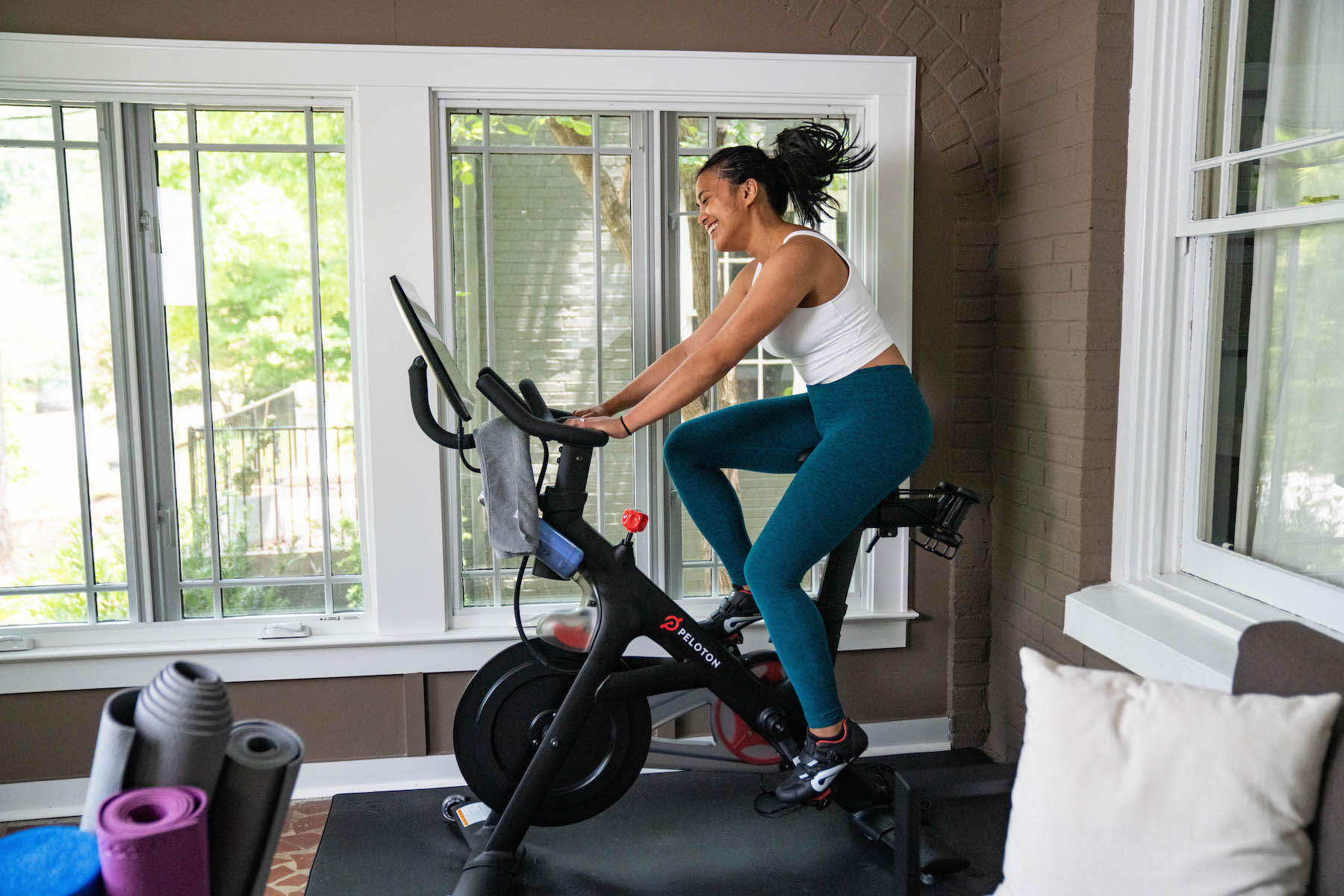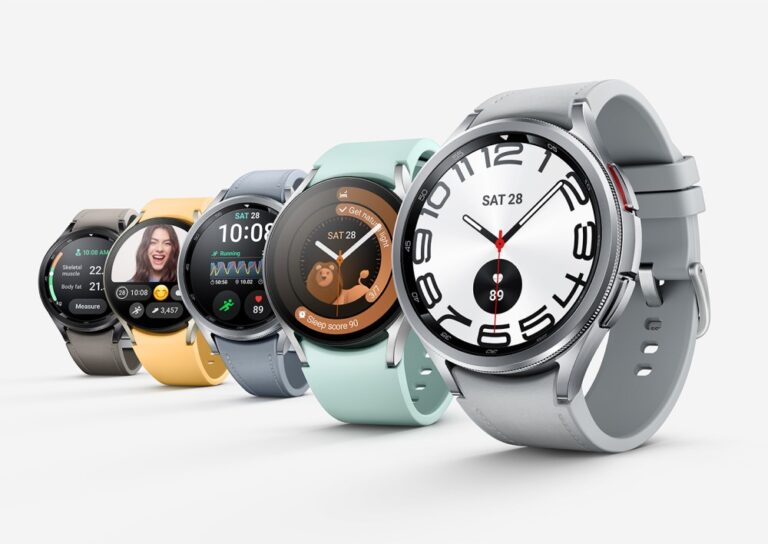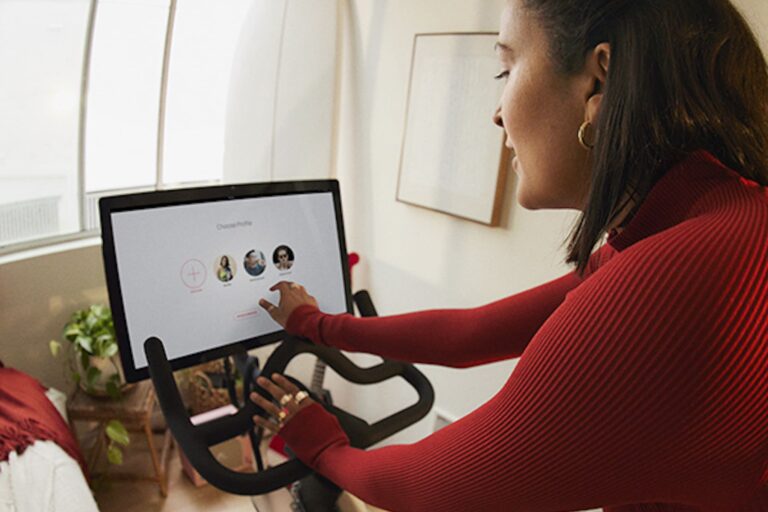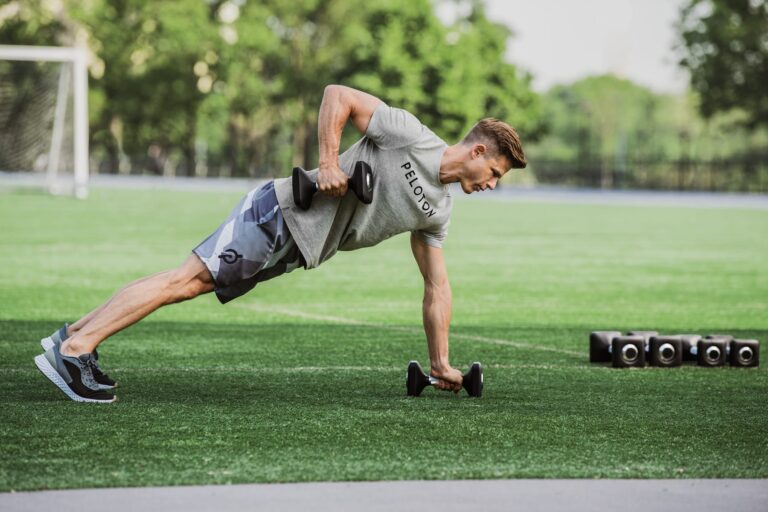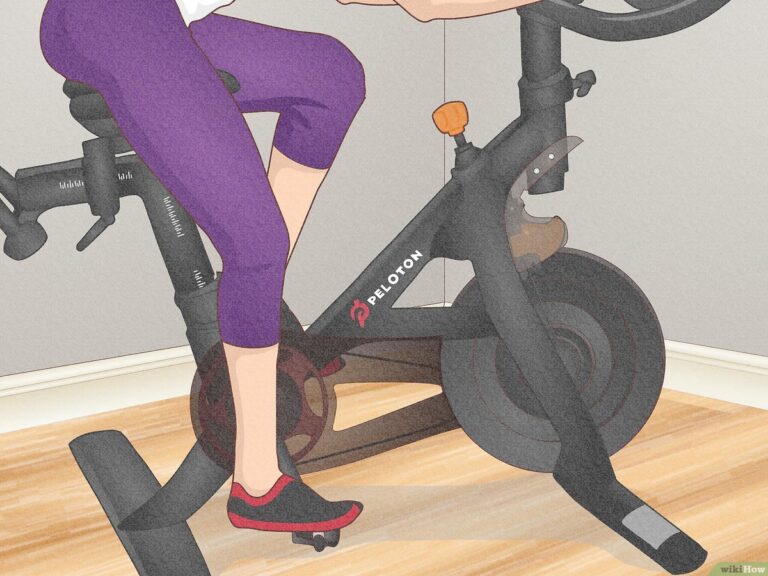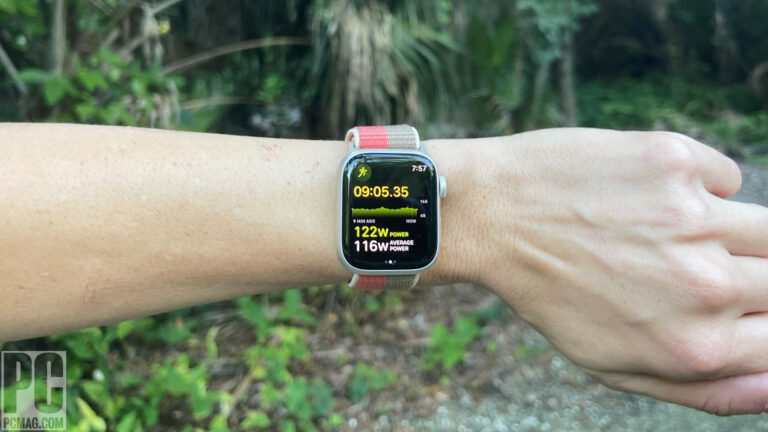How to Prevent Back Pain While Riding a Peloton Bike: Expert Tips
To avoid back pain while riding a Peloton bike, ensure your back is straight, avoid hunching, keep your chest wide and open, maintain a light grip on the handlebars, drop your shoulders, and make sure your knees are straight ahead over your toes. By following these tips, you can prevent back pain and maintain proper form while riding your Peloton bike.
Riding a Peloton bike is a great way to stay active and fit, but it’s important to ensure that you are doing so without putting strain on your back. Back pain can be a common discomfort while riding a stationary bike, but with the right techniques and adjustments, you can avoid and prevent this issue.
We will discuss some effective tips to help you avoid back pain while riding your Peloton bike. By following these guidelines, you can enjoy your workouts pain-free and get the most out of your Peloton experience.
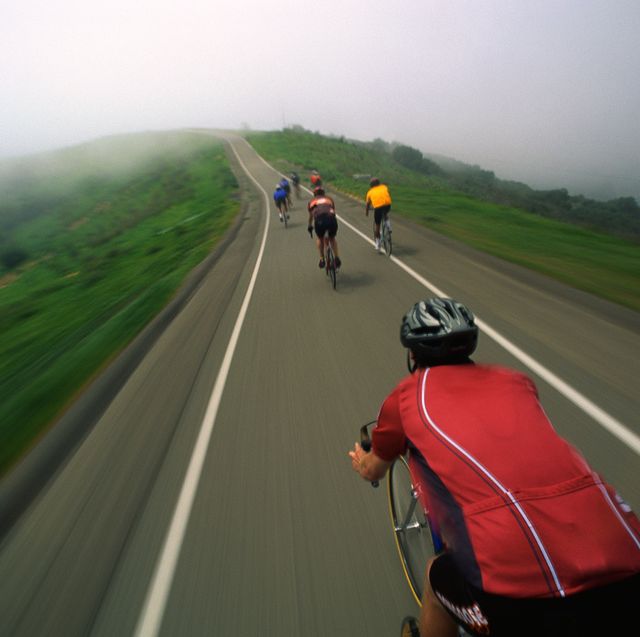
Credit: www.bicycling.com
Importance Of Proper Cycling Form
Maintaining a straight back
One of the most important aspects of proper cycling form is maintaining a straight back. When you ride a Peloton bike, it’s easy to get caught up in the excitement and forget about your posture. However, slouching or rounding your back can put unnecessary strain on your spine, leading to back pain.
To avoid this, focus on sitting upright and engaging your core muscles to support your spine. Imagine a string attached to the top of your head, pulling you up towards the ceiling. This will help align your spine and distribute your weight evenly on the bike.
Avoiding hunching
A common mistake when cycling is hunching over the handlebars. This not only puts strain on your back and shoulders but also limits your lung capacity, making it harder to breathe efficiently. To avoid hunching, make a conscious effort to keep your shoulders relaxed and down, away from your ears.
Additionally, check that the handlebars are at a comfortable height. If they are too low, it can encourage hunching. Adjust them so that your arms are slightly bent and relaxed when holding onto the handlebars, allowing for a natural and comfortable riding position.
Keeping the chest wide and open
Incorporating exercises that stretch and strengthen the muscles of the chest can help improve your cycling form. When your chest is wide and open, it allows for better breathing and prevents unnecessary strain on your back.
Avoid rounding your shoulders forward and instead focus on pulling them back and down. Imagine squeezing your shoulder blades together to open up your chest. Engage your core muscles to support this position. Taking regular breaks during your ride to stretch your chest and shoulders can also be beneficial in maintaining proper form.
Remember, developing and maintaining proper cycling form takes time and practice. Paying attention to your posture, focusing on these three key elements – maintaining a straight back, avoiding hunching, and keeping the chest wide and open – can help prevent back pain while riding your Peloton bike.
Adjusting Your Bike’S Setup
Riding a Peloton bike can provide a great workout, but if your bike’s setup is not adjusted properly, it can lead to back pain. Adjusting the seat position, handlebar height, and pedal position can help you avoid back pain while riding. Let’s take a closer look at each of these adjustments.
Seat Position
The position of your seat plays a crucial role in preventing back pain. When adjusting the seat position, keep the following tips in mind:
- Place the seat in a position that allows a slight bend in your knee when your leg is fully extended at the bottom of the pedal stroke. This ensures that your leg muscles are engaged properly, reducing strain on your back.
- Make sure the seat is level and not tilted forward or backward. A tilted seat can place unnecessary pressure on your lower back or cause you to lean forward, straining your upper back.
Handlebar Height
The height of your handlebars also affects your back posture. Consider the following tips when adjusting your handlebar height:
- Set the handlebar height at a level that allows you to maintain a comfortable and upright posture. Avoid hunching or leaning too far forward.
- Ensure that your arms have a slight bend at the elbows when holding the handlebars. Straightening your arms can lead to added stress on your back.
Pedal Position
The position of your pedals can impact the alignment of your knees, which in turn affects your back. Take these steps to adjust your pedal position:
- Position your feet so that the ball of your foot is centered on the pedal. This ensures proper distribution of pressure throughout your foot.
- Keep your knees in line with your toes while pedaling. Avoid letting your knees collapse inward or flare outwards, as these misalignments can strain your back muscles.
By adjusting your bike’s setup with these guidelines in mind, you can minimize the risk of back pain while riding your Peloton bike. Remember to listen to your body and make any necessary adjustments to ensure a comfortable and pain-free workout.
Strengthening Core And Lower Back Muscles
Importance of a Strong Core and Lower Back
A strong core and lower back are vital for preventing back pain while riding a Peloton bike. When your core muscles are weak, it puts extra strain on your back as it tries to compensate for the lack of support. This can lead to muscle imbalances, poor posture, and ultimately, back pain. By strengthening your core and lower back, you can improve your stability and reduce the risk of injury.
Exercises to Strengthen These Muscles
Here are some effective exercises that can help strengthen your core and lower back:
- Plank: Start in a push-up position with your forearms on the floor. Engage your core and hold the position for 30-60 seconds, making sure to keep your back straight and hips level.
- Bird Dog: Begin on all fours with your hands directly under your shoulders and your knees under your hips. Extend your right arm forward and your left leg backward, maintaining a flat back. Hold for a few seconds, then switch sides.
- Superman: Lie face down on a mat with your arms extended in front of you. Lift your arms, chest, and legs off the ground simultaneously, engaging your core and lower back. Hold for a few seconds, then lower back down.
- Bridge: Lie on your back with your knees bent and feet flat on the floor. Lift your hips up, creating a straight line from your shoulders to your knees. Squeeze your glutes and hold for a few seconds before lowering back down.
- Cat-Camel Stretch: Start on all fours with your hands under your shoulders and your knees under your hips. Arch your back up toward the ceiling, then gently lower it down as you curve your back in the opposite direction. Repeat this movement for a few reps.
These exercises target your core muscles, including your abdominals, obliques, and lower back. Incorporating them into your workout routine can help improve your posture, stability, and overall performance on the Peloton bike. Remember to start with light weights or bodyweight and gradually increase the intensity as your strength improves. Consult with a fitness professional to ensure proper form and technique.
Frequently Asked Questions On How To Avoid Back Pain While Riding Peloton Bike?
Why Does My Back Hurt From Peloton Bike?
Your back may hurt from a Peloton bike if your seat is not properly adjusted. If the seat is too far forward, it can stress the front of your knee. If the seat is too far back, it can cause you to bend too far forward at the spine.
Ensure proper seat position and consider core and lower back training to avoid back pain.
How Do I Stop My Lower Back From Hurting When Cycling?
To stop lower back pain when cycling, try these tips: 1. Sit less, move more. 2. Stretch before and after cycling. 3. Adjust your position on the bike. 4. Strengthen your core and lower back. 5. Use a lower gear when climbing.
6. Shift your position frequently. 7. Consider wider tires for a smoother ride.
How Do You Ease Back Into Peloton?
To ease back into Peloton: 1. Sit less and move more. 2. Stretch regularly. 3. Adjust your position on the bike. 4. Strengthen your core and lower back. 5. Shift to a lower gear when climbing. 6. Change your position frequently.
7. Consider using wider tires. These tips will help prevent back pain while riding your Peloton spin bike. Keep proper form and posture to protect your back during your workout.
Why Am I So Sore After Peloton?
After a Peloton workout, you may experience soreness due to improper bike adjustment. If the seat is too far forward, it can cause knee pain. If the seat is too far back, it can result in back pain. To alleviate discomfort, adjust your position on the bike, stretch, and train your core and lower back.
Conclusion
To avoid back pain while riding your Peloton bike, remember a few important tips. First, focus on maintaining good posture by keeping your back straight and avoiding hunching. Secondly, make sure to adjust the bike to fit your body properly, ensuring that your knees are aligned with your toes and your seat is in the right position.
Lastly, engage in regular stretching and core exercises to strengthen your back and prevent discomfort. By following these tips, you can enjoy a pain-free and enjoyable Peloton workout.

